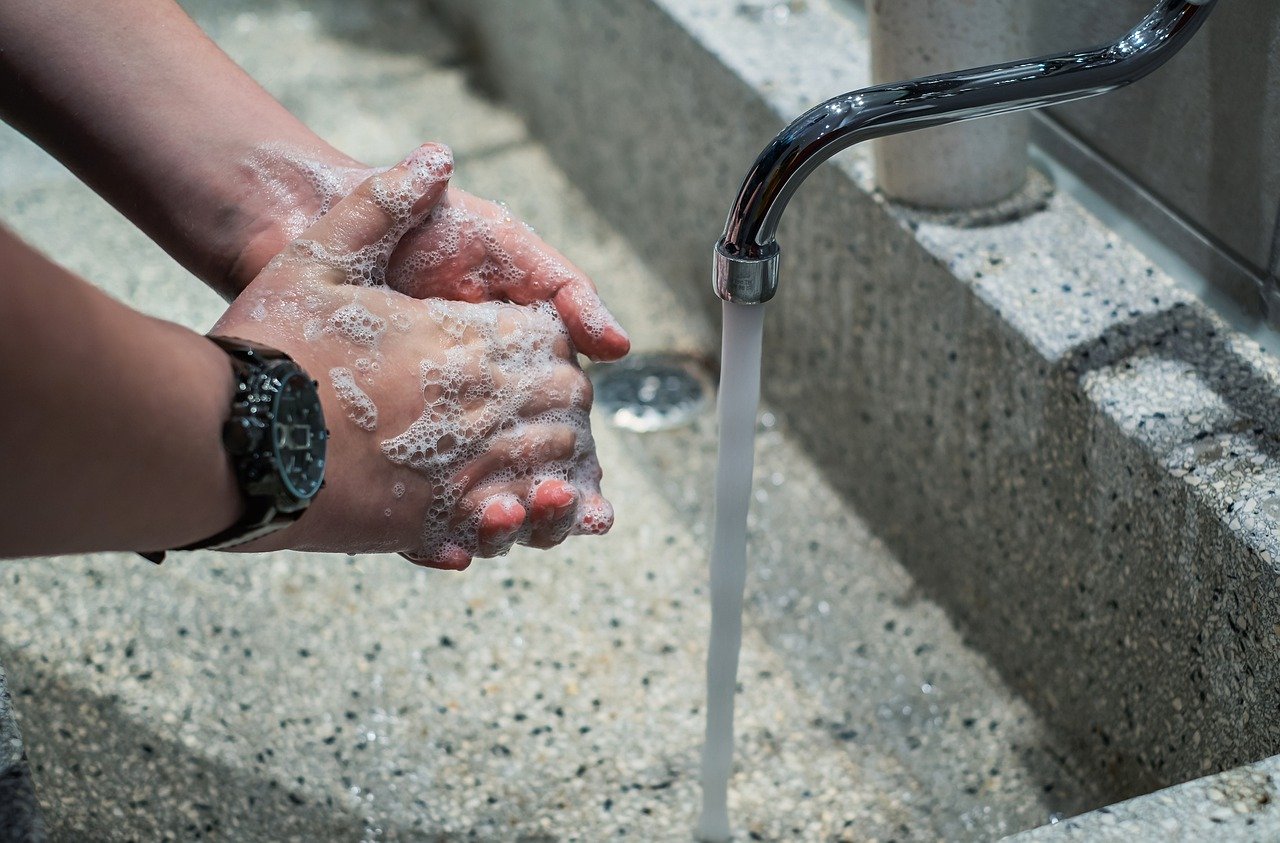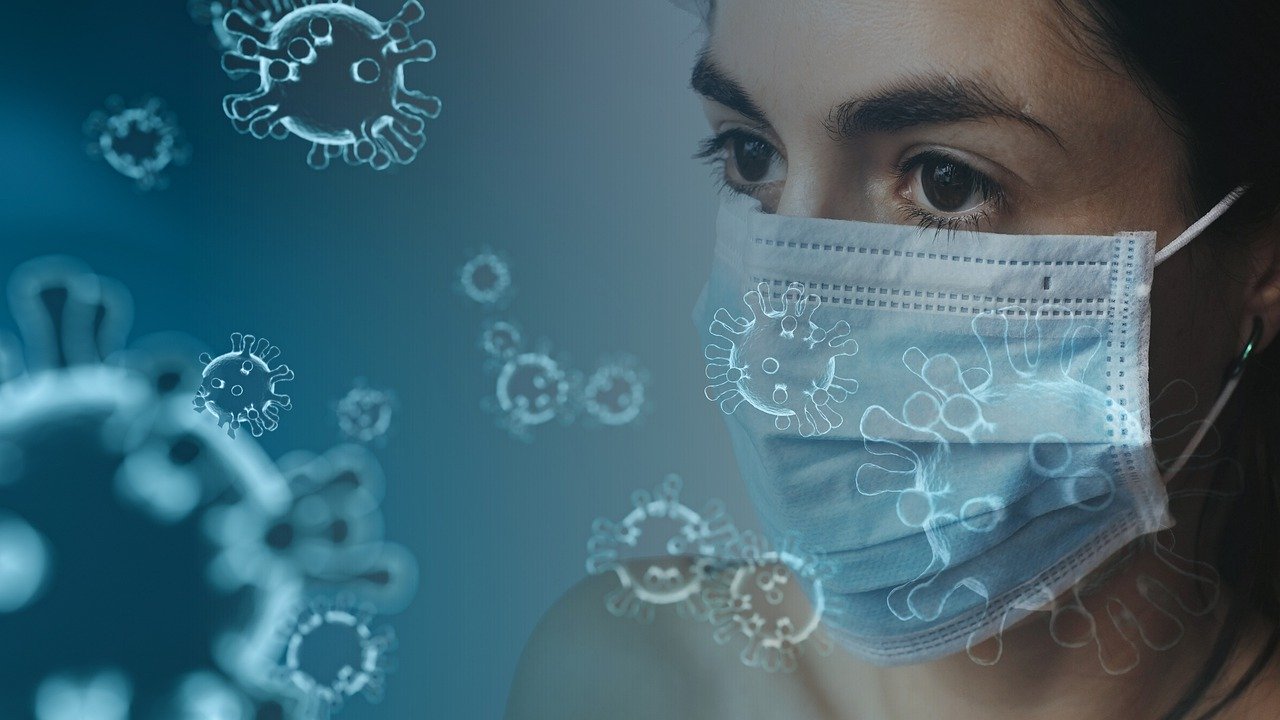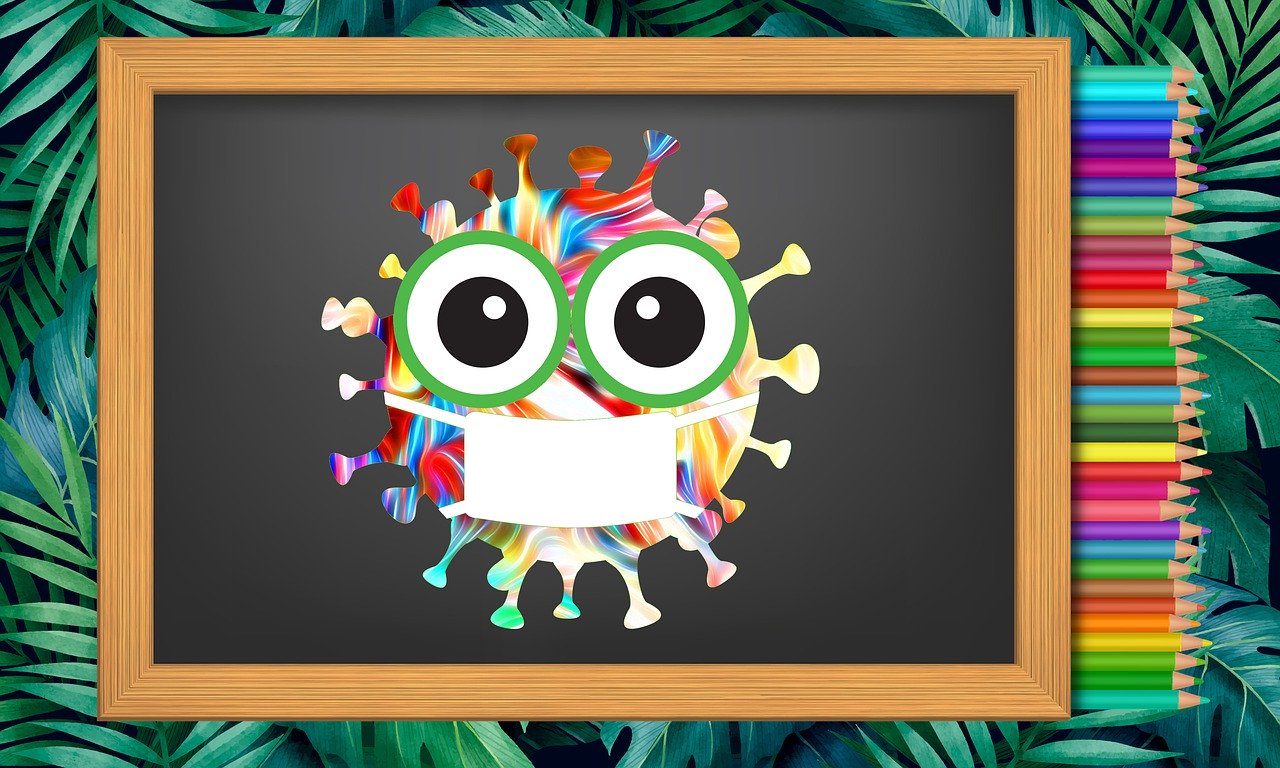As far as the data we have seems to show, children are about as likely to be infected by COVID-19 as adults, though their risk of having severe symptoms is much lower. That being said, the risks are not insignificant, and kids who have COVID-19 still have the potential to spread the disease to other people who may be more vulnerable. Teaching kids how to sanitise and keep safe can reduce their risk of catching COVID-19 and help prevent endangering others as well.
Pandemic or no pandemic, it’s important to teach young kids the importance of proper sanitation. There will always be some level of risk from all kinds of communicable diseases, and teaching how and why we should sanitise our surroundings can help keep them safe throughout their lives. Here are some pointers on how to keep kids safe during and after the COVID-19 pandemic.
1.) Give Them the Tools to Protect Themselves With
The main modes of COVID-19 transmission are through the inhalation of contaminated breath droplets in the air, as well as the touching of the eyes and face after hands come into contact with contaminated surfaces. Giving your kids face masks, check this guide to see which masks are the most effective, and Ghluv anti-microbial hand protectors to wear when they are outside can help greatly reduce their risks not just from COVID-19, but from other diseases that have similar modes of transmission, such as chickenpox, the flu, colds, mumps, measles, whooping cough, tuberculosis, and many more.
Giving your children a set of Ghluvs rather than disposable latex gloves offers several advantages. Viruses can persist on the outside of disposable gloves, and inadvertently touching your eyes with gloves on can still lead to infection. Regular gloves also have to be removed in a specific way to avoid cross-contamination and disposed of properly after each use, or consider using ones like unigloves
A Ghluv, on the other hand, uses HeiQ Viroblock technology to neutralise viruses it comes in contact with, including human coronaviruses. This means that should your child inadvertently touch their face while wearing a Ghluv, the risks of transmission are much reduced. Ghluvs are also reusable and require much less instruction in their correct use than regular gloves.

2.) Show Them the Right Way to Wash Their Hands
Teaching children — and adults — the correct way to wash hands is the single most effective way to mitigate the spread not just of coronaviruses, but also of other pathogens that are transmitted through touch. Be sure to check out the Centers for Disease Control’s recommendations on handwashing. Make sure you have bars of soap or liquid soap in the dispenser before you attempt to teach the correct technique.
Employ teaching strategies that make handwashing fun and accessible to your child. If the kitchen or bathroom sinks are too high for your child, have them stand on a stool so that they can see their hands better and you can instruct them better on handwashing procedures.
You can also ensure they reach the minimum recommended handwashing time by teaching them to hum the “Happy Birthday” song from beginning to end twice. Be sure to look at this list of other songs to sing or hum to that will ensure you meet the minimum 20-second recommendation for handwashing duration.
3.) Teach Them about the Concept of Germs
Teaching kids about germs early on is a crucial part of educating them on staying safe not just during the COVID-19 pandemic but in everyday situations. Teach them what germs are, how they can get germs, and what can happen if they don’t wash germs off their hands.
However, you mustn’t exaggerate the dangers or attempt to scare your child. You don’t want them to develop hypochondria or excessively limit their exposure to the outside world in a normal situation.
4.) Use Non-Toxic Washable Paint or Glitter to Illustrate How Germs Travel and Contaminate Surfaces

Like most microorganisms, glitter and washable paint are hard to remove with just water. This makes them incredible for illustrating the importance of using both soap and water when washing your hands. They can also be used to demonstrate germ contamination on different surfaces. Glitter is an especially good way to show how coronaviruses can move from place to place, as it can float a significant distance in the air, just like coronaviruses do.
5.) Keep Them Safe from Misinformation
Fake news on COVID-19 can and does kill, so it’s important to restrict the content younger children could access. It may be helpful to run parental controls on the devices they use to access the internet to keep their online experiences positive and fact-based. Likewise, because older children can probably circumvent any parental controls, it’s important to offer guidance and instill in them an appreciation for where their information comes from and what counts as a “trusted” source.
Final Thoughts
While children are generally less at risk from suffering serious bouts of COVID-19 than adults, the pandemic is a useful opportunity for teaching them important lessons in sanitation and safety that will be applicable throughout their lives. By understanding their perspective and their needs as children, you can make it simpler for them to understand the importance of what you’re teaching them. Hopefully, it will also make their stay in quarantine a positive and emotionally healthy experience.
this is a collaborative post

